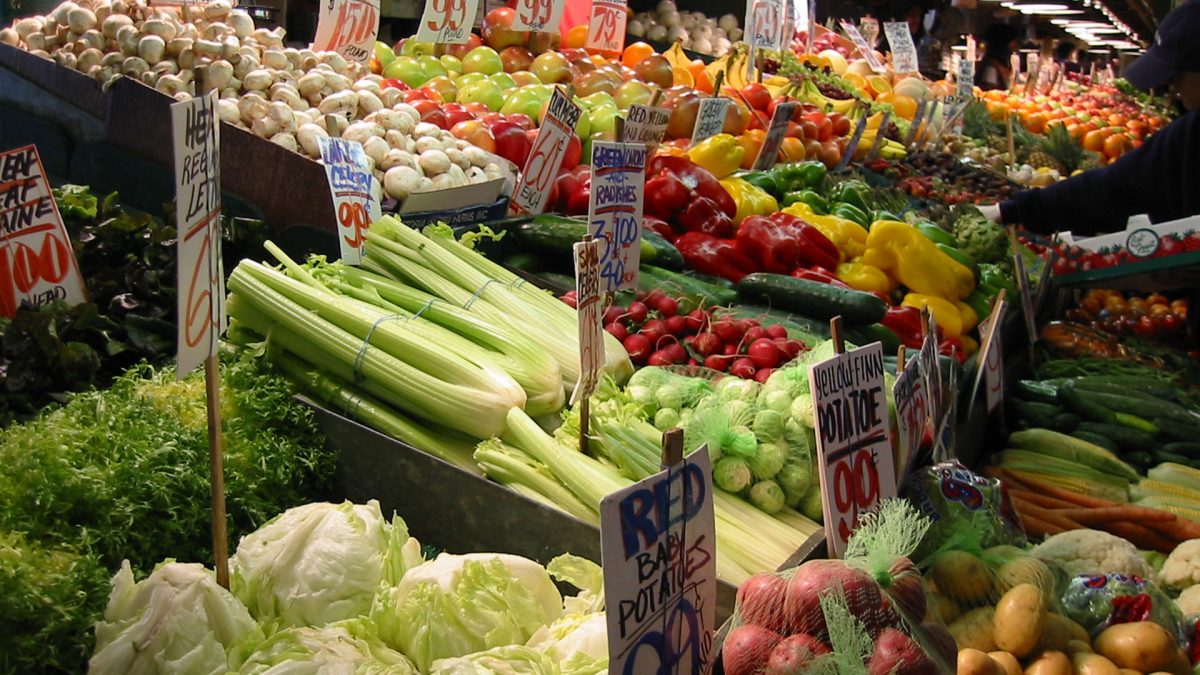“In the light of strikingly consistent observations from many epidemiological [population-based] studies, there can be little doubt that the habitual consumption of diets high in fruits and vegetables helps to reduce the risk of development of degenerative diseases, including many types of cancers.” Not satisfied with merely telling people to eat their fruits and veggies, scientists want to know the mechanism. I discuss this topic in my Which Fruits and Vegetables Boost DNA Repair? video.
Not just vehicles for antioxidants, fruits and vegetables contain innumerable phytonutrients that can boost our detoxification enzymes, modulate gene expression, and even modulate DNA repair pathways. “Until fairly recently…it was generally assumed that functions as important as DNA repair were unlikely to be readily affected by nutrition,” but, if you compare identical twins to fraternal twins, only about half to three quarters of DNA repair function is genetically determined. We may be able to control the rest.
“It is estimated that, on average, there are 800 incidents of DNA damage [in our bodies] per hour,” which is about 19,000 hits to our DNA every day. What’s more, “that DNA damage can cause mutations and give rise to cancer, if not repaired.” Thankfully, “the regulation of [DNA] repair can be added to the list of biological processes that are influenced by what we eat—and, specifically, that this might constitute part of the explanation for the cancer-preventive effects of many plant-based foods.”
Any plants in particular? Nine fruits and vegetables were tested to find out which ones were better able to boost DNA repair: lemons, persimmons, strawberries, oranges, choy sum (which is like skinny bok choy), broccoli, celery, lettuce, and apples. Which ones made the cut? Lemons, persimmons, strawberries, broccoli, celery, and apples all conferred DNA protection at very low doses.
Lemons, for example, were found to cut DNA damage by about a third. Was it the vitamin C? No. Removing the vitamin C from the lemon extract did not remove the protective effect. However, if you first boiled the lemon for 30 minutes, the protective effect was lost.
If it’s not the vitamin C, what might it be? That’s the subject of my video Citrus Peels and Cancer: Zest for Life?
Surprised that the lemon benefit was abolished by cooking? Find out which vegetables it may be best to eat raw in Best Cooking Method.
What about cooked versus raw garlic? See my video Inhibiting Platelet Activation with Garlic and Onions.
For more on DNA protection and repair, see:
- Spicing Up DNA Protection
- Cancer, Interrupted: Garlic and Flavonoids
- Benefits of Turmeric for Arsenic Exposure
- Carcinogen-Blocking Effects of Turmeric
- Eating Green to Prevent Cancer
- Can Green Tea Help Prevent Cancer?
In health,
Michael Greger, M.D.
PS: If you haven’t yet, you can subscribe to my free videos here and watch my live, year-in-review presentations:
- 2012: Uprooting the Leading Causes of Death
- 2013: More Than an Apple a Day
- 2014: From Table to Able: Combating Disabling Diseases with Food
- 2015: Food as Medicine: Preventing and Treating the Most Dreaded Diseases with Diet
- 2016: How Not To Die: The Role of Diet in Preventing, Arresting, and Reversing Our Top 15 Killers
